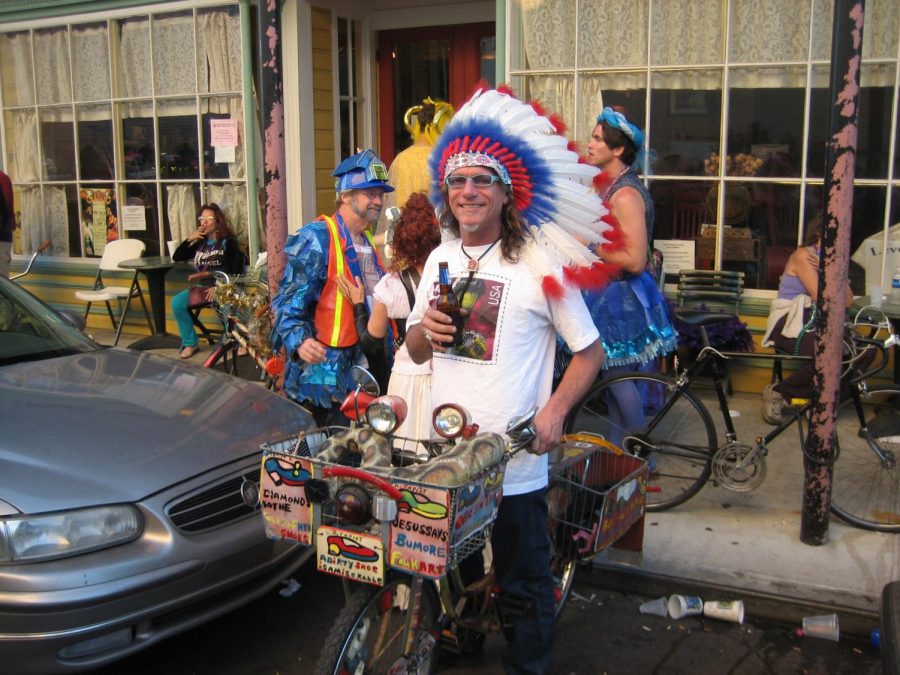End cultural appropriation
More stories from Jillian Saldanha
A non-Native American man dresses in a feather headdress for the purpose of selling goods, which does is exploitative of Native culture.
Many people are unaware of exactly what cultural appropriation is, yet they continue to do it. It is when people adopt the culture of others into their everyday life, such as wearing dreads as a hairstyle, speaking a certain way, or intertwining a different culture’s fashion into their own. Depending on the use of the appropriation, it can be very offensive to that person’s culture. Therefore, people should do so with caution and delicacy.
Some who adopt these traditional outfits or hairstyles claim that it is their way of honoring that culture, but in certain conditions, that is not true. By taking part in the cultures customary way of life without permission, knowledge, or respect for said beliefs, it is cultural appropriation. Stating a culture is “exotic” is appropriation – even it if it was meant as a compliment – because it suggests that someone is different and makes them feel outcasted. Good intentions do not always end in positive outcomes.
“People dressing up as other people’s cultures is very offensive,” senior Alexis Negrete-Montero said. “Culture is not a costume.”
The US has many music festivals around the nation that occur throughout the year. At these festivals, many of the attendees dress in culturally appropriated clothing and accessories. Coachella is one of the major festivals where appropriation occurs. Often, people wear these outfits to stand out, not thinking about the backlash it could cause. A feather headdress or a bhindi supposedly makes you more appear flashy and trendy at the music festival. But in the traditional sense, bhindis are an accessory meant to symbolize marriage and religion, and the feather headdress in Native cultures is uncommon but very sacred.
“It takes away the importance and significance that the culture means to its people,” senior Danielle Fibela said.
Inspiration is often drawn from different cultures as well, which is why the United States is so diverse in its music, dance, and food. Nevertheless, it can get to a point where instead of inspiration, it becomes misinterpreted and hurtful. It can even get to a point where the original tradition is forgotten or changed altogether. For example, “the Harlem Shake,” a YouTube that video showcased people going from stoic to energetically animated was widely spread from 2012 to 2013. However, the name became associated with that type of dance video when it is in fact a different dance altogether. Even now, searching the Harlem Shake online produces the parody version of the dance and not the original. The 1981 version, consisting of jerky arm and shoulder movements in time with beat, was left behind in history when it should not have been.
These are just a few examples of cultural appropriation in today’s society and the damage it can cause to the people of these cultures. A way to honor a culture different from your own instead of appropriating is having a culture exchange. In this case, both sides would mutually benefit in the learning and understanding the other’s culture. So next time you are thinking about incorporating something new into your everyday life or putting together an outfit for Halloween, consider the culture and learn more about it instead of risking being disrespectful.



